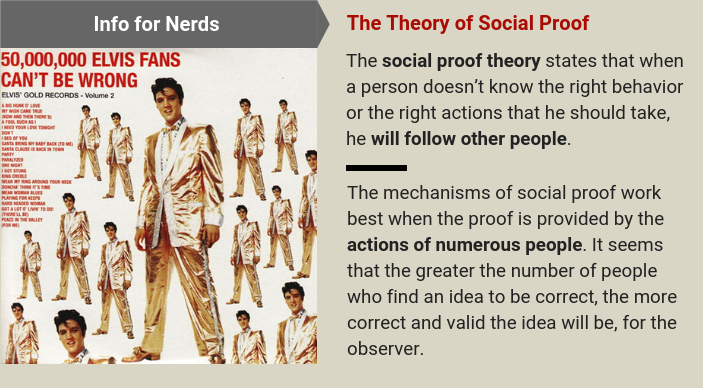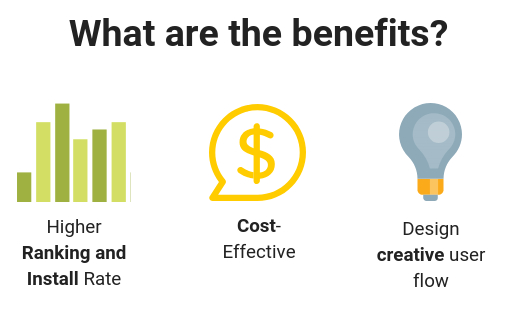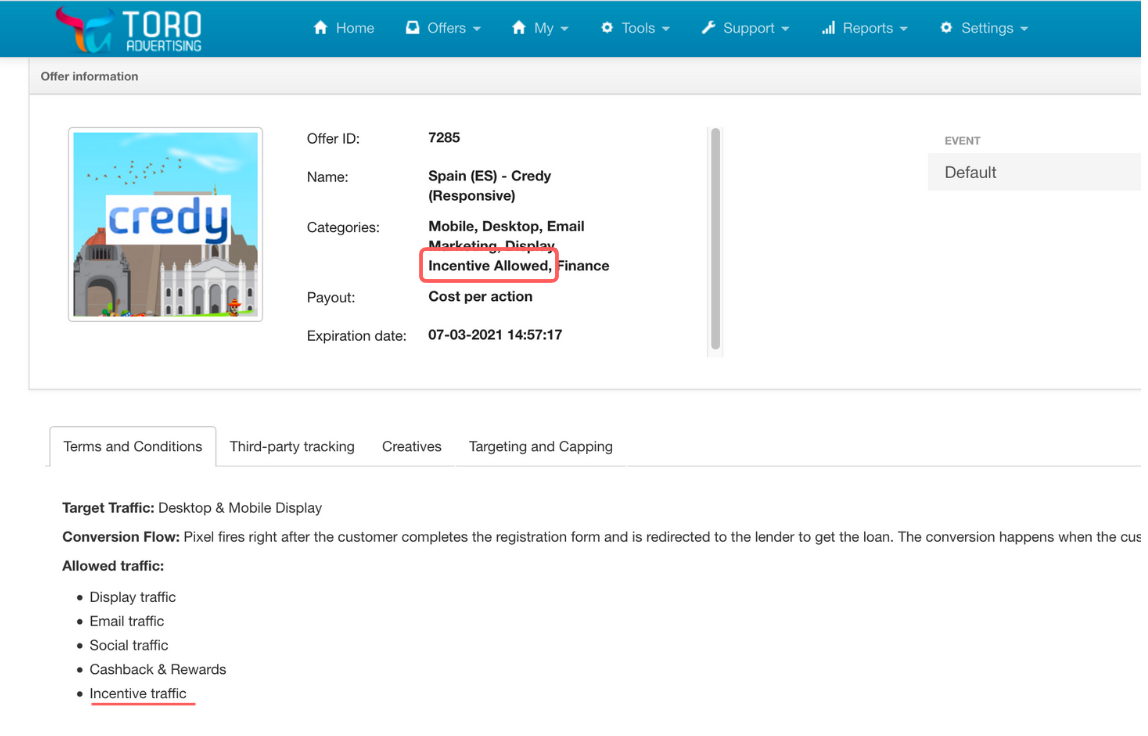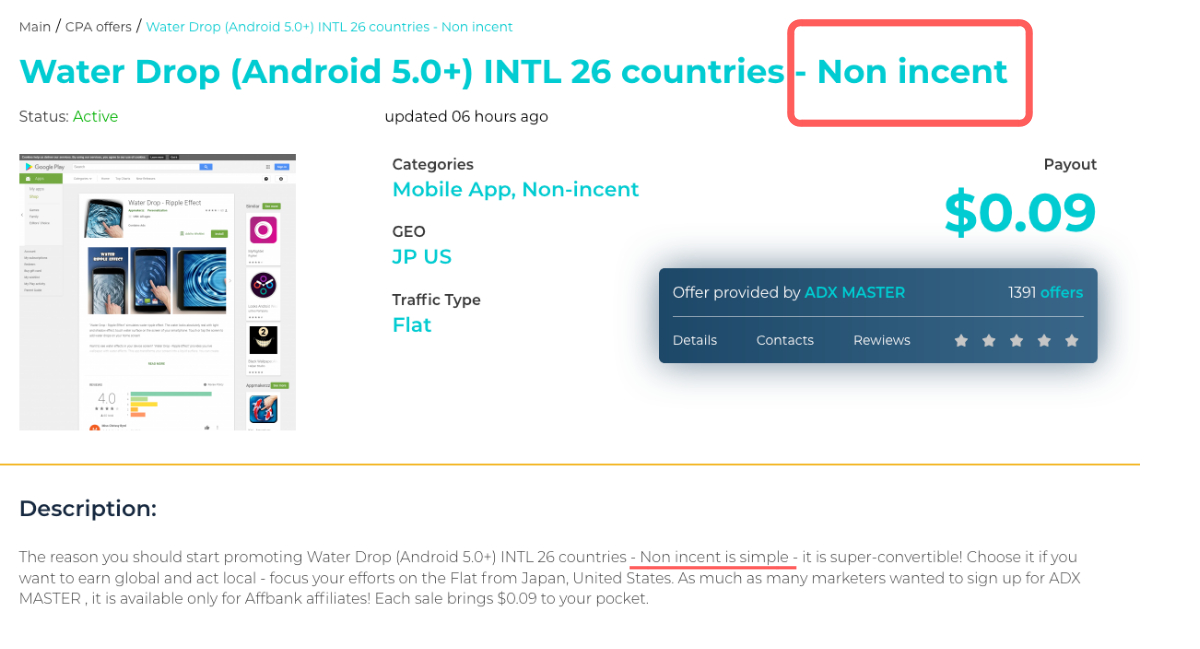Fraud or Not: Is Incentive Traffic Allowed?

Most business owners wouldn’t consider paying random people off the street to walk into their store. It’s pretty obvious that most people would take the money, walk around, and well, not buy anything.
But, the mere presence of so many individuals in a store can be enough to attract other people’s attention and motivate them to purchase a product or two.
With so much commotion, whatever it has to be amazing, right?
While this scenario may seem just a bit unlikely, that same concept can be applied as a marketing strategy. Organizations that employ incentivized traffic operate under this idea, and many of them actually succeed in making it a profitable model.
In this article, we’ll discuss the basics of incentivized traffic, the different types of rewards used, and the various perspectives companies have on it.
What is Incentivized Traffic?
Like the name suggests, incentivized traffic consists of visitors that are receiving a reward for their interaction. There’s a huge array of incentivized traffic models used today, but all of them motivate user with some type of bait (looking your way fishing enthusiasts!).
Needless to say, paying for traffic that receives a reward for browsing through your website may seem somewhat counterproductive. However, if applied properly, this concept may potentially yield a high ROI or at least become a sustainable plan for a limited period of time.
Common Types of Incentives
There are different types of incentives used, but they can all be divided into two categories, which are:
-
Financial
Yes, this model actually relies on giving users money for interacting with a site or app. People may be required to carry out different actions, such as clicking on an element, installing an app, subscribing with a valid email, leaving a review, and much more. Some models may even ask users to look up a specific keyword and install an app before claiming compensation.
-
Non-Financial
Non-financial rewards are hugely popular with gaming platforms. Instead of money, users receive different bonuses that can range from extra levels to in-game tokens and new characters options. In some cases, users may receive promo codes or other discounts that can save them money without actually paying them.
Benefits for Advertisers
Employing incentivized traffic is not a new concept, but it’s still very popular in select verticals. It’s a powerful tool for advertisers that want to promote apps, specifically gaming platforms. Like all other apps, users browsing for games will probably look at different elements before downloading – and that’s where this type of traffic comes in.
1. Higher Ranking and Install Rate
This is similar to the store analogy. Instead of investing in more mainstream types of marketing, gaming developers may choose to simply handout incentives to improve the install rate. This, in turn, will boost the app’ ranking, which may actually bring in an influx of real users.
2. Cost-Effective
Despite its unorthodox nature, incentivized traffic does need to follow some business basics. This type of traffic happens to have a very low price tag, which means it’s cost-effective if you’re just looking to increase rankings on a results page.
3. Allows for Creativity
If you’re paying people to walk into your store, you can probably get away with asking them to wear a wig or a fake mustache. Heck, you could probably get a conga line started if you incentivized enough!
The point is that you can get really creative with your requests. You can always request users complete a certain level of your game, refer a friend, or even keep your app for a specific period of time in order to claim their reward.
Advantages for Affiliates
It’s easier to see why affiliate would be willing to use incentivized traffic. The reasons include, but are not limited to:
When Does Incentivized Traffic Work?
Like all marketing strategies, you have to look at your industry and evaluate if incentivized traffic is the right call. That said, one area where this type of traffic tends to excel is app promotion.
As we mentioned before, users tend to look at apps with higher rankings and good reviews. Paying for an incentivized traffic spark can help improve both of these aspects, hence boosting rankings and generating a significant number of legitimate downloads along the way.
Not All Companies Are On Board!
It’s worth noting that not all advertisers are on board, so affiliates have to make sure they are allowed to give out incentives. Some companies may be willing to pay for motivated users, but others frown upon this practice. Some of the reasons why incentivized traffic gets a bad reputation are:
Lack of Genuine Real Interest
Many advertisers believe that paying users contradicts the very essence of advertising. They are not comfortable with having inflated numbers from users that don’t have any real interest in their products for moral reasons, so they vehemently prohibit the practice.
Not a Long-Term Solution
Incentivized traffic doesn’t usually provide a sustainable long-term marketing strategy because users eventually stop interacting with an app or uninstall it completely. This lowers rankings and requires a continuous monetary investment without generating a lot of profits.
Incentive Traffic Maybe Perceived as Fraud
According to some companies, allowing incentivized traffic may also increase instances of fraud. They believe that allowing motivated traffic will allow click farms and bot developers to proliferate, creating a somewhat unpredictable marketing environment.
Other companies can be even more aggressive toward incentive traffic, equating it to ad fraud. In this case, advertisers might not even pay for such leads.
Unexpected Traffic Spikes Strain Your App or Site
Another reason why many advertisers are against this practice is the effect these traffic spikes may have on their platforms. On the other hand, many companies that employ incentivized traffic may not be aware that a spike in traffic can put a huge strain on the servers where their apps or sites are hosted. Overloading an app or site can cause it to crash, discouraging any real customers as long as the platform is down.
All in all, it’s crucial for affiliates to carefully read the terms as it has a direct impact on their income. Not all companies are happy about incentive traffic. But if you are sure that this kind of traffic will be warmly welcomed by the advertiser, now you know all the pros and cons.
By the way, do you use incentive traffic? Did it work well for you?
Still got questions? Feel free to drop a line in our comments section below.





